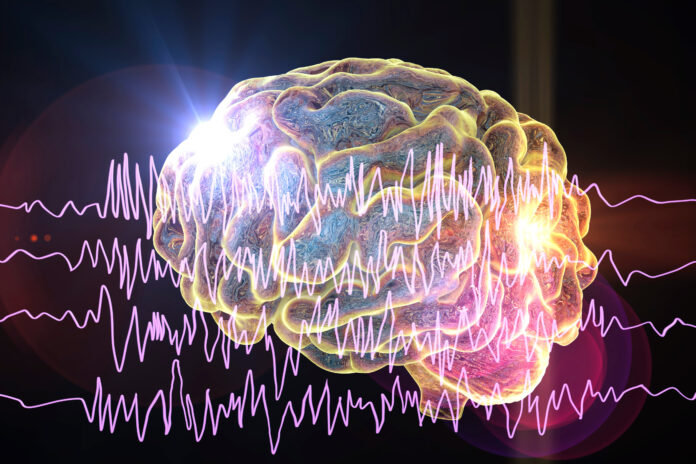In 2020, the American Society for Stereotactic and Functional Neurosurgery (ASSFN) embarked upon a strategic planning process, starting with a survey of the membership. Advocacy was felt to the least visible function of the society, with 46 percent rating the quality of advocacy efforts as excellent to average, 39 percent indicating lack of knowledge in this area and 14 percent indicating poor performance. The need for advocacy was clear, given the underutilization of neurosurgical procedures for many neurological conditions that functional neurosurgeons treat. For example, the Institute of Medicine (IOM) estimated that there were 100,000-200,000 people with drug-resistant epilepsy who were candidates for surgical intervention in 2012.1 At the time, approximately 4,000 temporal lobe operations (the most common adult resective epilepsy surgery) were performed annually in the United States. In spite of the publicity generated by the IOM report, the number of intracranial procedures for epilepsy has remained largely flat.2,3 It is clear that effective treatments are not being offered to the vast number of patients who may benefit from these interventions.
With the new ASSFN strategic plan, advocacy was determined to be one of three pillars of focus, along with education & training and research. The section’s goals include:
- Improving patient knowledge about and improving patient access to surgical treatment options
- Improving communication with related organizations for collaborative advocacy efforts
- Improving timelines for facilitating FDA approval and subsequent physician reimbursement of new therapies
- Addressing major payor coverage problems, including coverage of orphan diseases, inconsistency between private payor policies, and inadequacy of existing codes
- Updating guidelines and creating position papers to establish best practices and influence payor policies
We have contacted patient advocacy groups to update information on their websites.
To deepen relationships with the American Epilepsy Society (AES), we cosponsored a two-day course in December 2022 to teach 20 senior neurosurgery, neurology and pediatric neurology residents the skills to participate in or build a multidisciplinary surgical epilepsy program with lectures and small groups led by leading neurosurgeons, neurologists and neuropsychologists. The learners received financial support to attend the course and free registration for the following AES meeting. We hope to double the size of the student cohort for 2023.
To improve reimbursement for novel surgical treatments, with the assistance of the AANS/CNS Coding and Reimbursement Committee CPT and RUC representatives, we successfully wrote new category 1 Current Procedural Terminology (CPT) codes for Laser Interstitial Thermal Therapy (LITT) and for craniectomy for implantation of the Responsive Neurostimulation (RNS) internal pulse generator. These successfully underwent the CPT and RUC processes.
We published Practice Parameters on LITT and Deep Brain Stimulation for medically-refractory epilepsy, and engaged with national medical directors of insurers. This led to positive changes in private payor coverage policies.4,5
There is still much work to do to improve education and access to care for vulnerable patients with disabling chronic neurological and psychiatric diseases. ASSFN has a wonderful team of neurosurgery attendings and residents with varying levels of experience; all who are interested in contributing are welcome.
- Committee on the Public Health Dimensions of the Epilepsies. Epilepsy Across the Spectrum: Promoting Health and Understanding. The National Academies Press; 2012.
- Vellipuram A, Afzal MR, Qureshi M, et al. Epilepsy Surgery Trends In the United States, 2009–2014 (P5.5-025). Neurology. 2019;92(15 Supplement):P5.5-025.
- Englot DJ, Ouyang D, Garcia PA, Barbaro NM, Chang EF. Epilepsy surgery trends in the United States, 1990-2008. Neurology. 2012;78(16):1200-1206. doi:10.1212/WNL.0b013e318250d7ea
- Gummadavelli A, Englot DJ, Schwalb JM, et al. ASSFN Position Statement on Deep Brain Stimulation for Medication-Refractory Epilepsy. Neurosurgery. 2022;90(5):636-641. doi:10.1227/neu.0000000000001923
- Wu C, Schwalb JM, Rosenow JM, McKhann GM, Neimat JS, American Society for Stereotactic and Functional Neurosurgeons. The American Society for Stereotactic and Functional Neurosurgery Position Statement on Laser Interstitial Thermal Therapy for the Treatment of Drug-Resistant Epilepsy. Neurosurgery. 2022;90(2):155-160. doi:10.1227/NEU.0000000000001799








